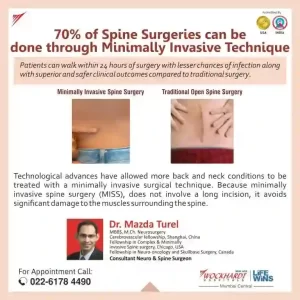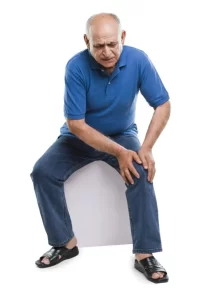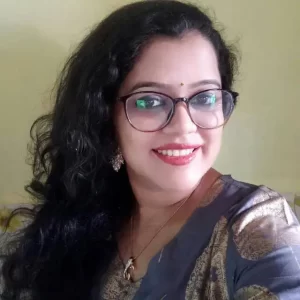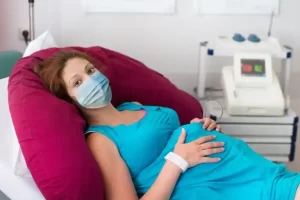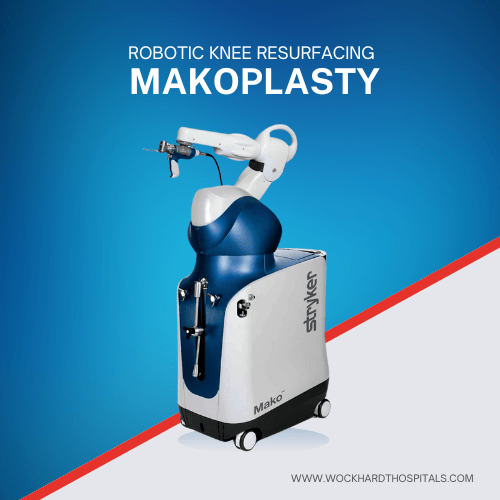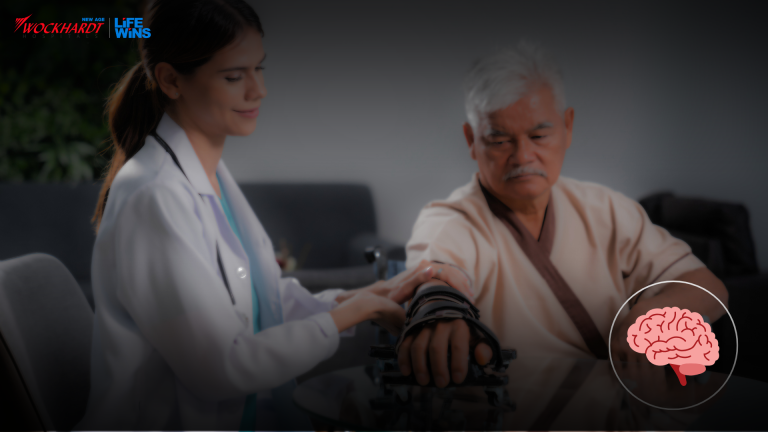February 15 marks International Childhood Cancer Day, which marks the day to raise awareness regarding cancer among children and to provide support to the adolescents and children who are either suffering from cancer or have survived the ailment as well as their families. It is an international collaborative initiative. Every year worldwide, over three lakh children are diagnosed with cancer and in India, more than 40,000 to 50,000 new childhood cancer cases are detected annually, Dr. Atul Narayankar, who is Consultant Medical Oncology at Wockhardt Hospital, Mira Road, told Financial Express Online. According to a Lancet Oncology journal study dated July 2019, most of the cases of childhood cancer come from low- to middle-income countries, and among these children, the survival rates are poor. Census 2011 also revealed that the prevalence of childhood cancer was the highest in India, likely due to the fact that 30% of the Indian population was younger than 14 years of age. The study by Lancet stated that of the childhood cancer patients in India, less than 20,000 get access to treatment. Considering the high prevalence of cancer among children in India, it is important that people in India become aware of this issue. Types of Cancers Prevalent Among Children “Blood cancer is most common in children. It can be either lymphoma or leukemia. Brain cancer is also witnessed, along with the bone tumor. Neuroblastoma is another common type of cancer seen among children. Apart from this, a tumour of the kidney (Wilms’ tumor) and tumor of the eye (retinoblastoma) is also seen,” Dr Narayankar said. How to Identify Signs of Childhood Cancer? According to Dr. Narayankar, children may commonly present signs like fatigue, fever, bleeding in gums, or bleeding under the skin (ecchymosis). Children suffering from leukemia usually display signs of bone pains, swelling as well as lumps. Retinoblastoma leads to new squinting, white-eye reflexes, or even loss of vision. “Abdominal lump is formed due to Wilms’ tumor. Meanwhile, brain tumor usually causes symptoms like vomiting and headache,” he said. When Should Parents Consult Doctors? Dr. Narayankar said that it was important that parents did not ignore these symptoms and immediately contacted doctors. Testing of a single complete blood count can lead to a diagnosis of leukemia, which can help in expedited action. “Investigations in such cases include conducting blood tests, CT-Scan or MRI imaging, and biopsy, which means tissue diagnosis,” Dr. Narayankar said. He also stated that usually, 70-990% of childhood cancers are completely curable, because children respond to treatments much better than adults do. Usually, chemotherapy, radiation therapy, and surgery are used for treatment, but in some high-risk cases, a bone marrow transplant may be required. Increased Hardships in India While 70-90% of cases of childhood cancers are completely curable, only about 20,000 out of 50,000 cases get access to treatment in India, indicating a huge gap in the healthcare system to effectively tackle this issue. As long as the medical treatment of cancer is supported by proper nourishment and an infection-free living environment, cancer among children can be cured, but the lack of such care is an issue among people coming from smaller towns to bigger cities like Delhi and Mumbai for treatment. Since cancer treatments can last up to two years, people coming from rural India often have to resort to means like living on footpaths or other unsafe accommodations due to a lack of other hygienic facilities. Nor can they ensure proper nutritious food in such situations. Due to this, ailing children catch secondary illnesses, which form the cause of the majority of deaths in such cases. While this is a major issue due to the glaring difference between rural and urban healthcare facilities and the major pay gap in the country, several organizations make efforts to tackle this problem. One such organization is St Judes India, which is operating in nine cities in the country presently. Talking to Financial Express Online about their work, St Judes India CEO Anil Nair said, “We create a homely environment for families whose children are battling cancer and are going through a tough phase in their lives. We work closely with a number of hospitals in major cities to ensure we are able to provide the best care and support required by a child to beat the illness.” While cancer among children is a major issue, it is not an unsolvable one. There is an immediate need for the creation of more hygienic facilities in urban areas where families coming from rural areas can find temporary shelter while their children fight the battle with cancer, and in the long run, the creation of better healthcare infrastructure in rural areas is needed. Source: https://www.financialexpress.com/lifestyle/health/international-childhood-cancer-day-2021-with-over-50000-cases-a-year-cancer-in-children-a-big-issue-for-india/2195259/


















